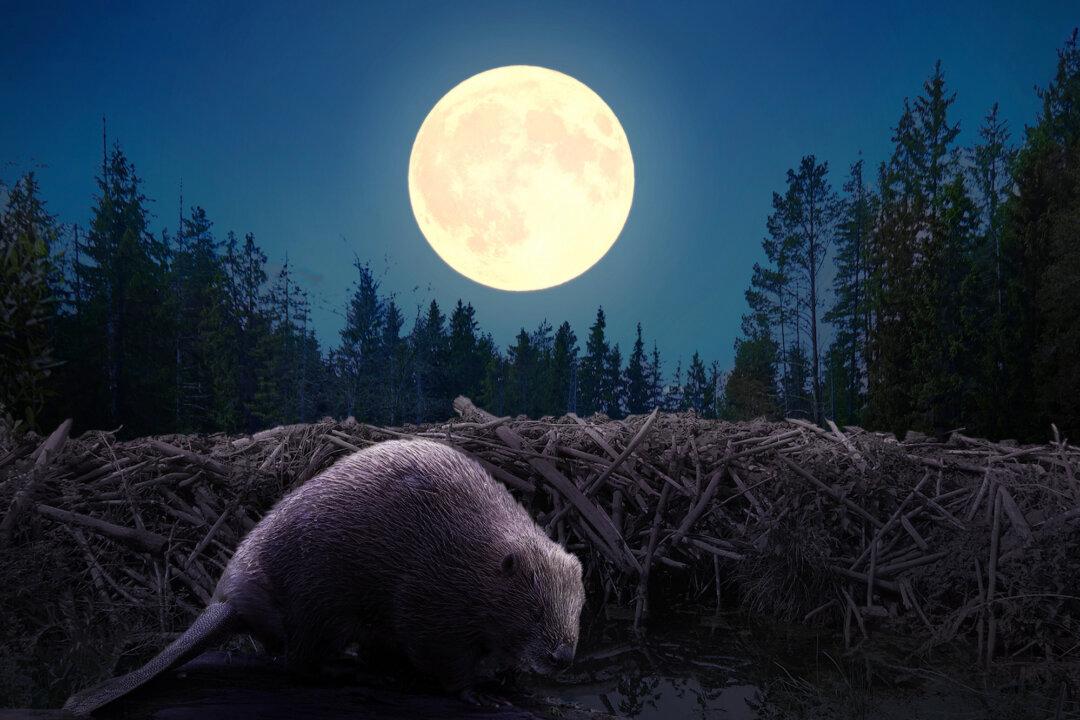In November, Americans traditionally turn to turkey, stuffing and gravy, pumpkin pie, and even butternut squash soup to satiate their seasonal cravings. In the past, many American colonists in the winter turned to, among other things, beavers for their warm, thick pelts.
Beavers also make preparations of their own in November. As the frost sets in and the leaves yellow, dry out, and fall, beavers whittle down wood and prepare their dams for the cold months. Historically they were hunted—and all their work was for naught.






